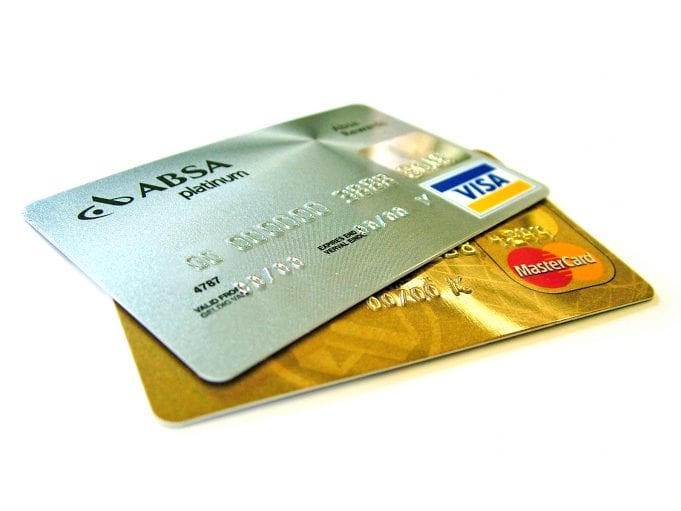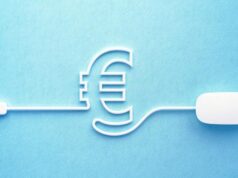The majority of Indian bank account holders possess a debit card. However, a large number of frauds reported in the last few years have increased a genuine concern over their use. The use continues to be significantly high, thanks to its wide reach and acceptance, especially when the Indian government is pushing for digital transactions. Before we go down into the nitty-gritty of the superior financial security that a credit card provides, let us have a brief idea of the functioning of both the modes of payment.
What is a Credit Card?
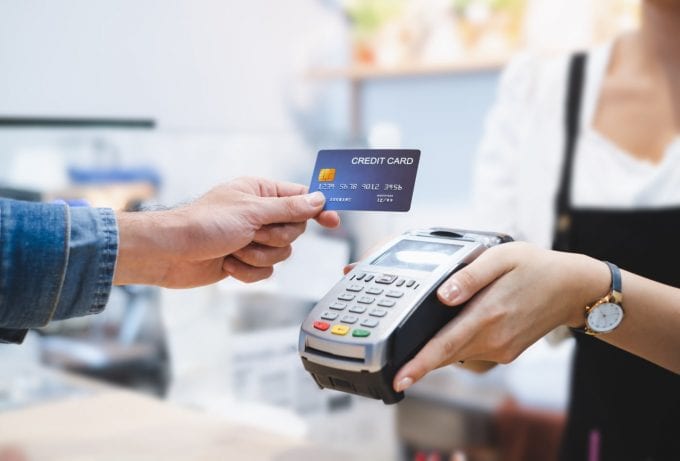
This is issued by a financial company that allows the users to borrow funds with which to pay for goods and services. Users have to pay back the borrowed money along with interest and any additional agreed-upon charges. You can apply for it both online and offline.
The financial company may also provide a line of credit (LOC) to all issuers that allow them to borrow money in the form of cash advances. Borrowing limits are predetermined from an individual’s credit rating. It is one of today’s most popular payment methodologies for buying consumer goods and services.
As per the regulations, at least 21 days of grace period must be offered before interest on purchases can be charged. It is always a good practice to pay off balances before the grace period expires to avoid paying high interest. It is also important to understand whether the interest accrues daily or monthly. Daily interest accumulation results in higher interest charges for as long as the balance is not paid.
Types of Credit Card
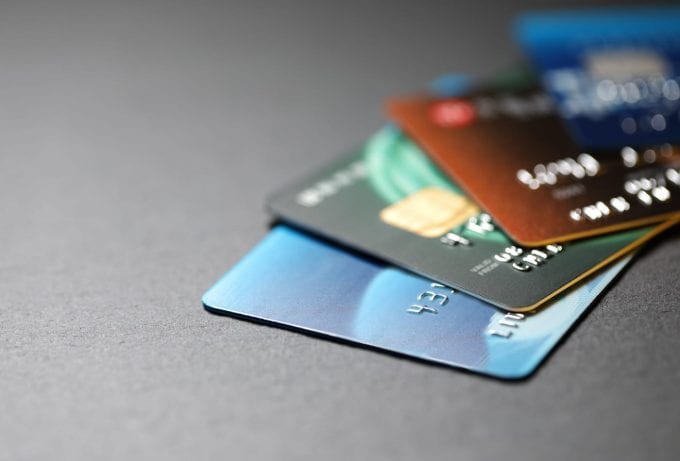
Generally, you can apply for these based on the 3 available categories. These are:
- Standard that extends a line of credit to their users
- Rewards and Cashback that offer travel points, Cashback, and other facilities to the customers
- Secured that require collateral in the form of an initial cash deposit to the issuer
What is a Debit Card?
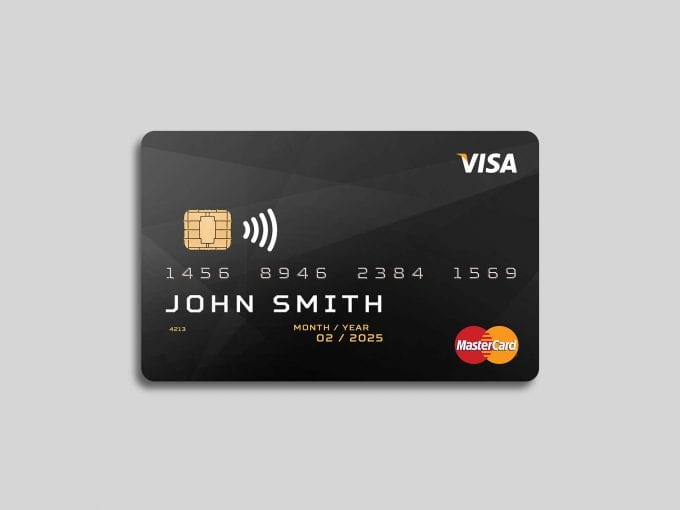
It is the payment method issued by a financial company that deducts money directly from the user’s checking account to pay for a purchase. These eliminate the need to carry cash or physical checks to make purchases directly from the user’s savings. These can also be used to withdraw money from the checking account through an ATM.
The major difference between the two modes of payment is that the debit one does not allow the user to go into debt. Moreover, a daily purchase limit is usually set for these which prevent an especially large purchase with it.
If cash is withdrawn from an ATM that is not affiliated with the bank that issued it, then a fee may be charged.
Types of Debit Card
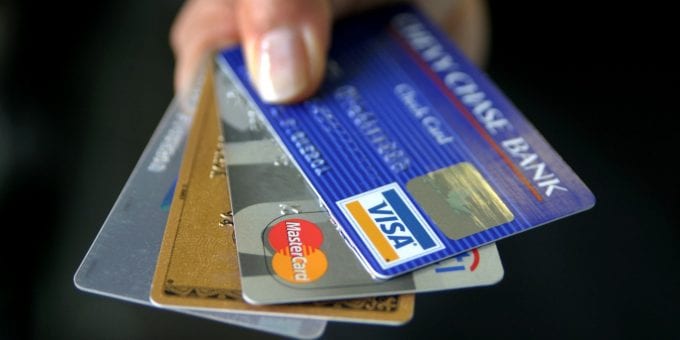
Two major types are available. These are:
- Standard that draws an amount from the person’s bank account,
- Prepaid that have a certain amount preloaded onto them that permits the user to make electronic purchases up to the preloaded amount. It can be used even by the people who do not have bank accounts.
Credit Card vs Debit Card – Security Concerns
We as users hold the primary responsibility of taking care of our funds at the bank and to prevent frauds from happening. Sc.com recommended applying for credit cards as it provides better security on cashless transactions. Here are the 5 compelling reasons for why these are safer:
- Amount Credited is Not Yours
These transactions are done using the issuer’s money. So, even if it is used fraudulently, the issuer will replenish it once necessary proof can be provided. However, with a debit card, the money leaves your account immediately — whether the charge is fraudulent or not. And, depending on your bank, it might take weeks or months to get your money back.
- Dispute Misleading Transactions and Charges
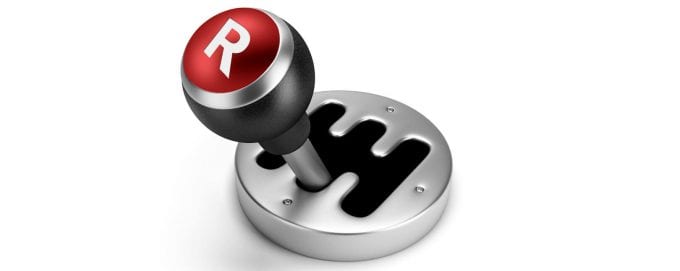
When online transactions using debit cards are falsely charged for goods or services, the only way to raise a dispute is to reach out to the seller and liaise with them. In most cases, it turns out to be inefficient and a cause of unnecessary stress. In contrast, a credit card permits you to raise disputes directly with the issuer who will then liaise with the vendor, saving both your time and effort.
- Customize in-hand security features
Some credit cards allow you to control the usage limit of your card and keep a tab of all the transactions made using it. Thus, any fraudulent transactions can easily be identified with proper monitoring and duly reported on time.
- Strict RBI Guidelines for Bank and Financial Institutions
The Reserve Bank of India has put forth some guidelines regarding bank fraud and card theft. In layman’s terms, it states that a customer’s liability is nil if there is contributory negligence or fraud from the bank or the financial institution. Moreover, if the customer notifies the bank within 3 days of the unauthorized debits, the customer holds no liability. The liability is capped up to INR 25,000 for an individual if the victim informs the bank within 7 days of the fraud. These regulations apply for any bank transactions in general
- Additional Purchase Protection and Warranty
Using a credit card for online shopping and purchases at partner outlets and websites might give you additional purchase protection. Many also offer accidental damage coverages and product defect warranty.
For these reasons alone, you should straight away apply for a credit card, if you don’t already have one. With regular use, no one can deny the benefits and rewards associated with it.


